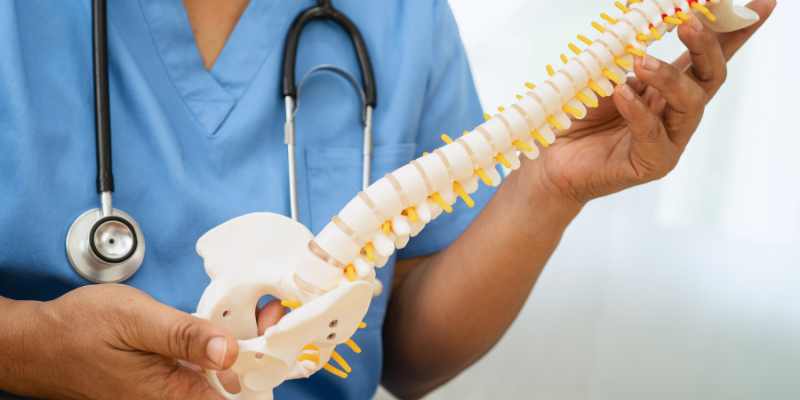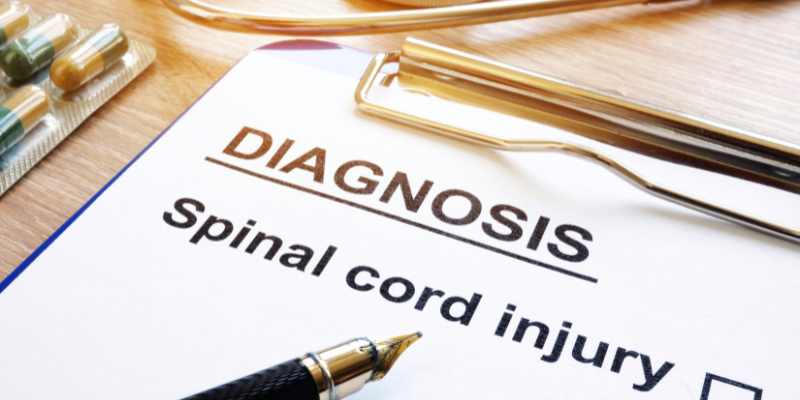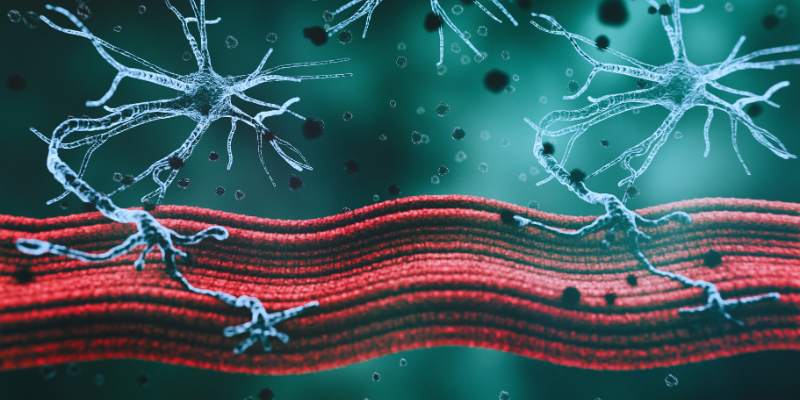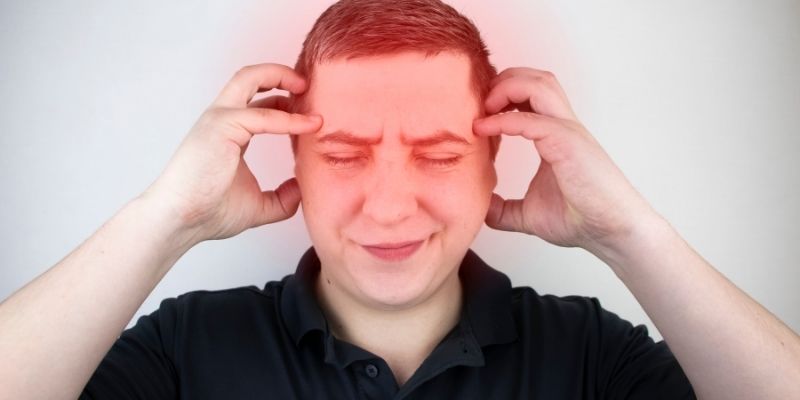Spinal Cord Injuries Explained: Locations, Types, and All You Need to Know
For each person, spinal cord injuries (SCIs) can have life-altering consequences. These injuries can happen anywhere along the spine and produce diverse results and disabilities. Effective therapy and rehabilitation depend on an awareness of where and how these injuries arise. Trauma, mishaps, or degenerative diseases often cause spinal cord damage.
The location of the damage will affect the degree of paralysis or loss of function people suffer. This guide will cover the kinds of spinal cord injuries, their causes, and their effects on a person's health and movement. Anyone dealing with spinal cord trauma must know these specifics.

Locations of Spinal Cord Injuries
There are several areas of the spinal cord, each relating to a particular set of purposes. Injuries can affect any of these divisions from the cervical to the sacral region. The place of the damage dictates the degree and kind of handicap someone could suffer. Usually falling into four primary categories: cervical, thoracic, lumbar, and sacral, spinal cord injuries are
- Cervical Injuries: These injuries span the neck (C1–C8). The cervical spine controls breathing arm, and neck motions. High cervical injuries, including those at C1 or C2, can cause arm, leg, and even respiratory failure, as well as paralysis. Lower cervical injuries could cause partial paralysis, therefore impacting the upper body.
- Thoracic Injuries: These ailments strike T1 to T12. Paragraph, or paraplegia, is the result of thoracic trauma, usually rendering the lower body paralyzed. The person may keep upper body ability but lose control over their legs and lower extremities. Moreover, thoracic spinal injuries can affect important organs and core muscles.
- Lumbar Injuries: The lower back (L1–L5) houses the lumbar spine. Usually, injuries in this area cause the legs to become partially paralyzed. Those with lumbar injuries could lose feeling and movement below the waist but still have upper-body ability.
- Sacral Injuries: Bowels, bladder, and sexual performance are governed by the sacral region. Although movement in the legs and torso is usually intact, injuries in the sacral area may cause loss of function in these areas. Sacral injuries can cause incontinence and lower capacity to regulate the digestive and urine systems.
Determining the rehabilitation approach and the possibility of recovery depends on knowing where a spinal cord injury is located. The damage to the spine determines the degree of impact on the body's operations.
Types of Spinal Cord Injuries
The degree and nature of spinal cord injuries help to classify them into several categories. These kinds enable doctors to design a suitable course of action and patient prognosis.
- Complete Spinal Cord Injury: A complete SCI indicates that the function is lost below the damaged site. Paralysis in the areas under the spinal cord's control follows from this underlying damage. Complete injuries often cause complete loss of sensation and movement in the afflicted area.
- Incomplete Spinal Cord Injury: Unlike a complete SCI, incomplete damage enables some functioning below the injury site. The spinal cord is not severed; thus, the damaged parts show some partial sensory or motor ability. Though individual differences abound, recovery from partial spinal cord injury is conceivable.
- Tetraplegia (Quadriplegia): This kind of injury causes damage to the cervical portion of the spine (C1–C8). Usually affecting the torso as well, tetraplegia causes movement and sensory loss in all four limbs. The degree of paralysis relates to the degree and kind of the damage.
- Paraplegia: Often resulting from the thoracic or lumbar area of the spine injury, paraplegia is the paralysis of the lower torso and legs. Usually retaining complete use of their upper body, people with paraplegia may still be able to accomplish some tasks with assistive aids.
- Central Cord Syndrome: This disorder results when the spinal cord's center suffers damage. While leaving the lower body less impacted can produce varied degrees of paralysis in the upper limbs, it is typically brought on by trauma from a fall. Often found in elderly persons, this syndrome is typically brought on by trauma from a fall.
Causes of Spinal Cord Injuries
There are several possible methods to sustain spinal cord damage. Trauma and accidents are the most common causes; other elements can cause damage.
- Trauma: Leading causes of spinal cord injuries are car accidents, falls, sports injuries, and violent crimes, including gunshot wounds. These events can cause damage to the spinal cord or disturbance of the vertebrae, influencing spinal cord function.
- Degenerative Conditions: Diseases such as disc degeneration and arthritis can gradually cause spinal cord injury. Loss of cushioning function in the discs or vertebrae raises spinal cord pressure and causes damage.
- Infections and Tumors: Some infections, including bacterial or TB, can compromise the spinal cord. Furthermore, causing compression or direct damage to the spinal cord are malignancies developing on or close to the spine.
- Congenital Disorders: Some people have disorders like spina bifida, in which the spinal cord or vertebrae develop improperly. Under these circumstances, mobility problems and permanent spinal cord damage can result.

Treatment and Rehabilitation for Spinal Cord Injuries
Most people will have surgery to straighten their spine and stop more damage. Once stable, the rehabilitation procedure starts with an emphasis on recovering as much function as feasible.
- Medical Treatment: The management of SCI depends much on medications and physical therapy. Anti-inflammatory medications help to lower swelling; pain management helps to regulate discomfort. Bone pieces or other trash pushing on the spinal cord may need to be removed surgically.
- Rehabilitation: Rehabilitation seeks to enable people with SCI to regain ability and adjust to life. Along with occupational therapy to enable people to complete daily activities, therapy may include physical therapy to increase strength and mobility.
- Assistive Devices: Wheelchairs, braces, and voice-activated technologies are among the assistive tools spinal cord injured individuals use to help them restore mobility and independence.
Conclusion:
Complex and dependent on the location and degree of the damage, spinal cord injuries differ widely. The site— cervical, thoracic, lumbar, or sacral—determines the type of paralysis and the possibility for recovery in great part. Understanding the several forms of spinal cord injuries, causes, and treatments helps people better get ready for recovery. Early medical treatment and continuous rehabilitation raise recovery rates. Reducing the frequency of these transforming injuries depends mostly on awareness and prevention.












